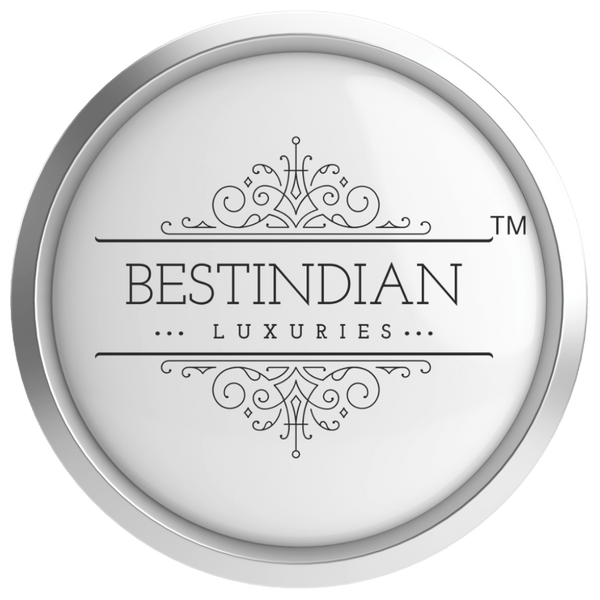Our Commitment to Ingredient Transparency

At BestIndian™, we believe that true luxury is rooted in absolute transparency. Your trust is our most valued asset, and we believe you have the right to know exactly what you are putting on your skin.
While the law does not require companies to disclose every ingredient in a formulation, we have chosen a higher standard. We proudly disclose 100% of the ingredients in every luxury we create, a practice we hope inspires the entire industry.
The "All Ingredients" Promise vs. "Key Ingredients"
Many brands choose to highlight only their beneficial "key ingredients" while omitting others under the guise of protecting "trade secrets." Often, the ingredients being hidden are preservatives, fillers, or synthetic compounds that can be harmful.
Our "All Ingredients" promise means we reveal everything, hiding nothing. We believe that profits can never take precedence over your health and well-being.
Our "Free-From" Guarantee
Our commitment to transparency also means we have a strict list of ingredients you will never find in a BestIndian™ formulation. We guarantee every luxury is free from:
- Parabens: We do not use synthetic preservatives like parabens, which are known endocrine disruptors linked to health concerns.
- Simple Alcohols (SD Alcohol/Ethanol): We avoid harsh, drying alcohols that can strip the skin's natural barrier and accelerate signs of aging.
- Sulfates (SLS/SLES): Our cleansers are gentle and sulfate-free to protect your skin's natural moisture.
- Phthalates, Mineral Oil & Harmful Chemicals: We are committed to non-toxic formulations, completely free from ingredients with questionable safety records.
The Power of Purity
By choosing BestIndian™, you are choosing a brand that practices absolute transparency. You can be confident that our luxuries are formulated with only the finest, safest, and most effective natural ingredients, allowing you to care for your skin with complete peace of mind.
